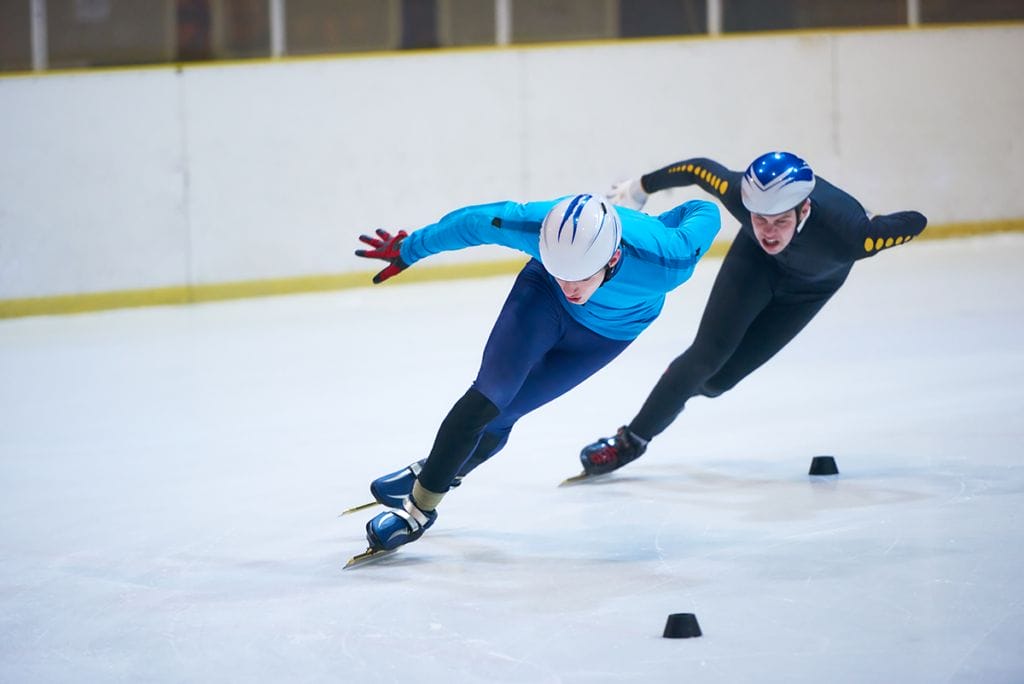When it comes to sports-specific movements, training to be an athlete can look very different for various sports.
However, almost all sports require speed; without it, you’re at a major disadvantage. Whether you’re trying to outrun your opponents or beat them to the ball, being fast on your feet can make all the difference in the game.

There are a few things you can do to improve your speed and performance:
Improving Your Speed
Gym Training
Proper training in a gym setting can help to build early muscle patterns, increase coordination, and boost overall muscle strength.
Posture
Learning how to properly squat, lunge, deadlift, etc. can help an athlete develop a more efficient posture. Good posture will help you have better balance and improve overall body awareness. Maintaining good posture will assist in faster starting, acceleration, maximum velocity, and even speed. Conditioning is also critical for any speed-focused athlete who wishes to maximize his or her performance.
Limb Mechanics
Limb mechanics are also crucial for speed. Coordinating how the legs and arms function during sprinting may be emulated in training with speed, agility, plyometrics exercises, and a multitude of leaping and jumping exercises.
Coordination
Most athletes lack speed not because of a shortage of fast-twitch fibers, but because of an absence of coordination. The symmetry of how an athlete moves and uses their center of mass while in motion is key to acceleration and maintaining speed.
Speed Training
The innovative speed training programs at Speed Mechanics have been developed to help both young and seasoned athletes increase their speed, strength, and performance—safely.
One of the most damaging approaches to training young athletes is increasing training too soon. The Speed Mechanics Accelerator Program ensures that a young athlete does not move forward to advanced training until he or she is prepared. Our strength and conditioning coaches focus on developing your speed and strength—as well as maintaining it—so you can achieve peak performance without risking unnecessary injury or burnout.
Every athlete, regardless of age, begins at Level 1. Each athlete’s training load is individualized; we test and assess each athlete in the program, building a strong foundation before they level up.
Athletic development is a process, not an event. It takes time, effort, and consistency to develop the skills and habits required to be successful. That’s why at each stage of the program, athletes are expected to be able to consistently meet clearly-defined performance goals before moving on.
Only once athletes demonstrate competency and consistency will they be graduated to move on to the next level. This approach ensures that athletes are always challenged and continually progressing towards their long-term goals. It also allows coaches to track their progress and identify areas where they need improvement.
It’s a perfect system for taking your speed, strength, and performance to the next level.


